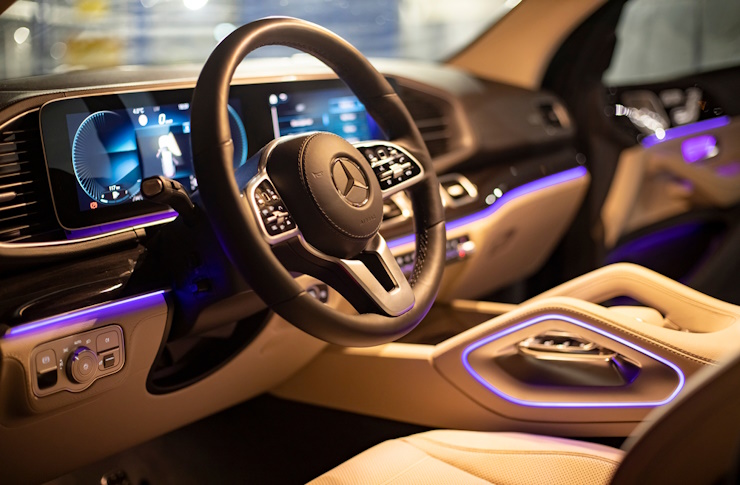Rallying Forward: The Future of Rally Racing and Technological Innovation
Introduction: Imagine a world of high-speed car racing that combines extreme terrain, unpredictable weather conditions, and cutting-edge automotive technology. This world exists, and it's called rally racing. As the sport evolves, the cars that compete in these adrenaline-fueled events are becoming more sophisticated. But what does the future hold for rally racing, and how is technology driving this evolution?

The Legacy of Rally Racing
Rally racing dates back to the late 19th century, with the first rally trial taking place in 1894 from Paris to Rouen. Over the years, the sport has evolved, with the introduction of new rules, more challenging courses, and increasingly advanced vehicles. The focus of rally racing has always been on the driver’s skill and the car’s performance under extreme conditions, making it a perfect testing ground for automotive innovation.
Rally Technology: Pushing the Boundaries
In rally racing, technology is not a luxury; it’s a necessity. The harsh conditions demand cars that are both durable and agile. Engineers and designers have been continually innovating to meet these demands, leading to significant advancements like all-wheel drive systems, anti-lag systems, and advanced tire technologies. However, the focus is now shifting towards the integration of digital technology, with advancements in telemetry and data analysis becoming increasingly vital.
Current Trends and Future Directions
With the digital revolution taking hold, rally racing is no exception. More and more, teams are harnessing the power of data to optimize vehicle performance. Real-time data monitoring allows teams to make adjustments on the fly, optimizing everything from fuel consumption to tire pressure. Looking ahead, we may see even more integration of digital systems, with possibilities ranging from machine learning algorithms helping to predict track conditions, to augmented reality systems providing drivers with real-time navigational aids.
Impact, Opportunities, and Challenges
The integration of digital technology in rally racing presents both opportunities and challenges. On one hand, it allows for unprecedented levels of precision and control, potentially leading to faster times and more thrilling races. On the other hand, it raises questions about the role of the driver and the potential for technology to overshadow skill. Moreover, as the technology becomes more advanced, it also becomes more expensive, potentially creating a barrier to entry for smaller teams.
The Future of Rally Racing
The future of rally racing is undoubtedly exciting, with technological innovations promising to push the boundaries of what is possible. However, as the sport continues to evolve, it will be crucial to maintain a balance between technological advancement and the raw, visceral thrill that makes rally racing so unique. The challenge lies in harnessing technology to enhance the sport without losing the essence of what makes it so special.
In conclusion, rally racing stands at the forefront of automotive innovation, a testing ground for new technologies and a thrilling spectacle of human skill and mechanical prowess. As we look to the future, one thing is certain: rally racing will continue to captivate us, pushing the limits of both man and machine.




